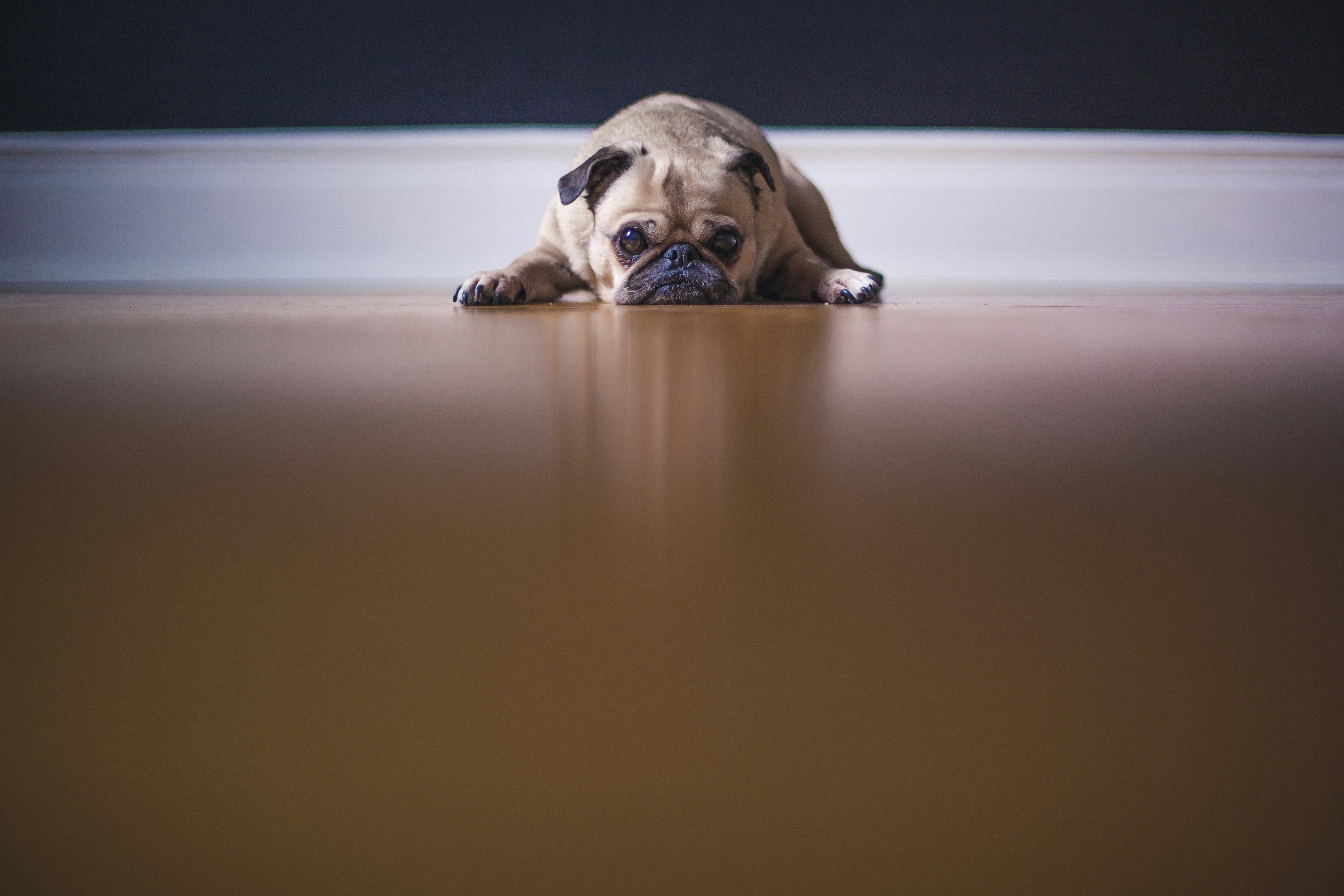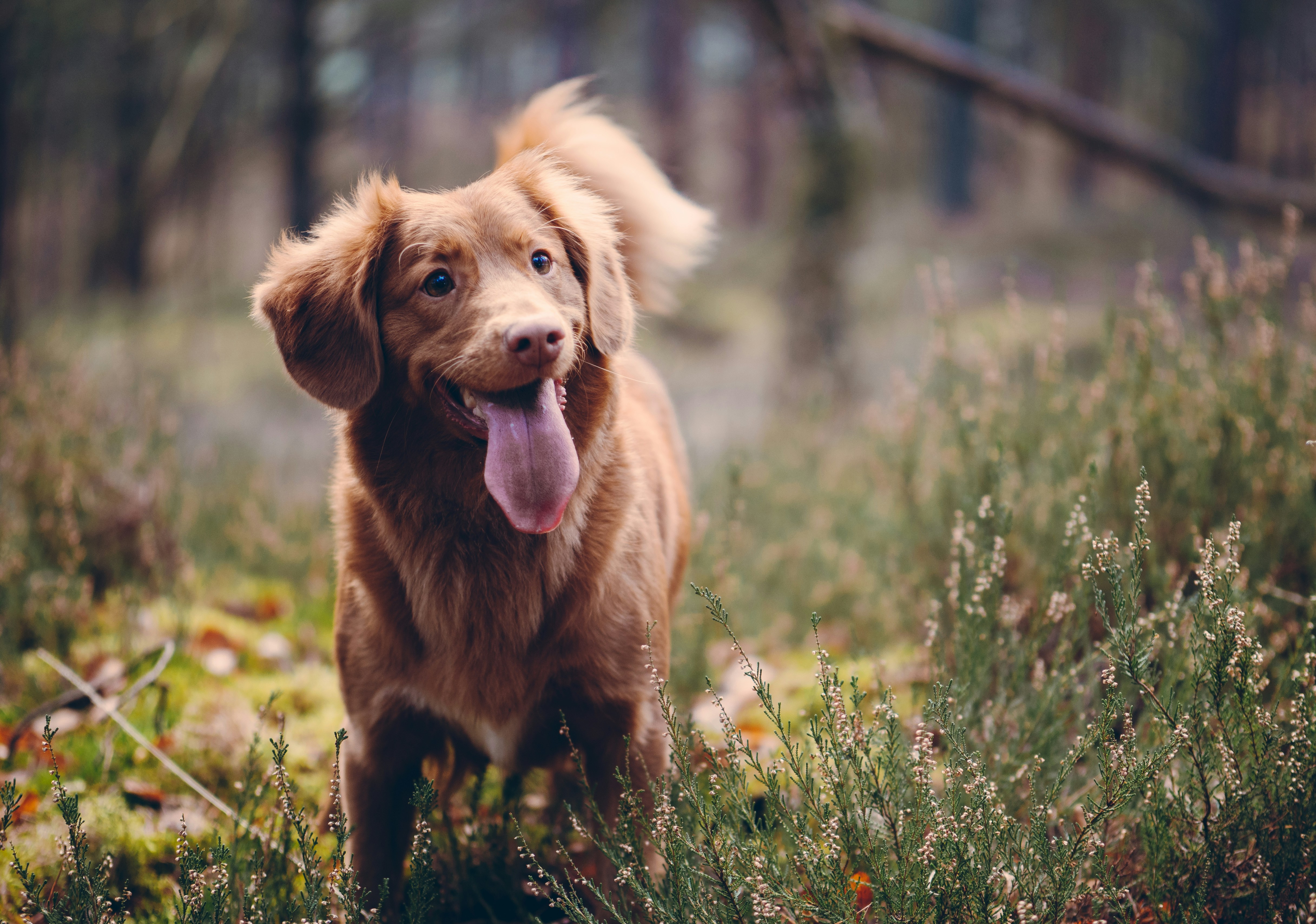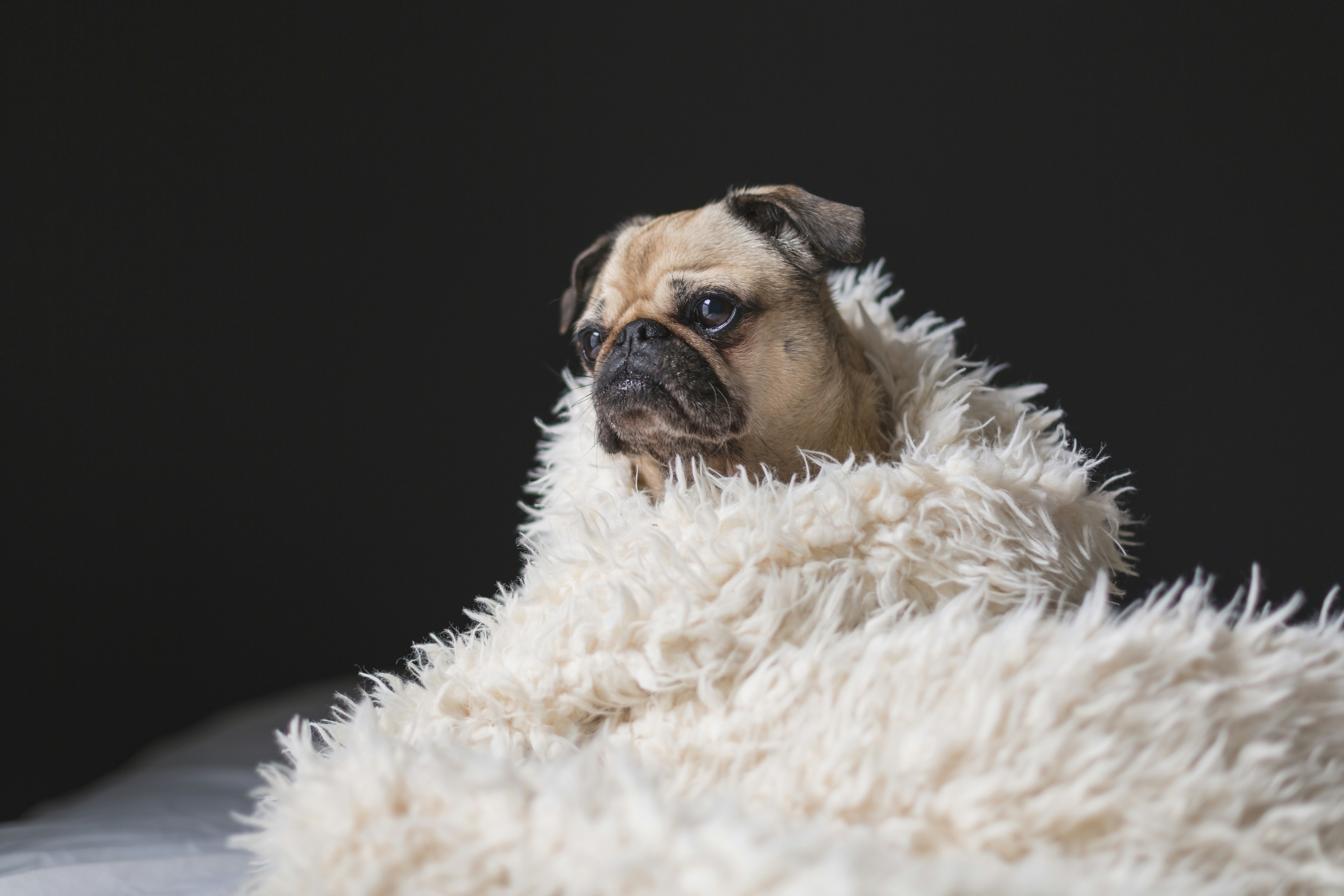Chill Factor: What Your Dog’s Cooling Behaviors Reveal About Their Comfort and Health
Dogs are experts in non-verbal communication, especially when it comes to keeping cool. Whether it’s panting after playtime or sprawling belly-down on the tile floor, your dog’s behaviors are windows into their comfort and health. Understanding these cooling techniques can help you ensure your furry friend remains happy, healthy, and safe, especially during warmer months.
Panting: Nature’s Built-in Cooling System

Panting is the primary way dogs regulate their body temperature. Unlike humans, dogs don’t sweat through their skin — instead, they cool down primarily through their tongue and respiratory tract.
- Frequency: Normal moderate panting is expected after play or exercise.
- Warning sign: Excessive or labored panting may indicate overheating, pain, or an underlying health issue.
- Tip: Always provide fresh water and access to shade during outdoor activities.
Sprawling on Cool Surfaces

If your dog frequently lies flat on tile floors or shaded patios, they’re likely trying to cool their body from a heat rise. Dogs instinctively seek out cooler surfaces to regulate internal temperature.
- Common positions include full-body stretches or side-lying postures.
- Look out for lethargy or reluctance to move, which could hint at heat exhaustion.
- Offer a cooling mat or elevated bed to assist with heat management.
Wading or Splashing in Water

Many dogs love spending time in water, not just for fun but to naturally lower their core temperature. This behavior is not only adorable but therapeutic.
- Shallow pools or sprinklers can be excellent tools in hot climates.
- Be watchful of any chemical-treated water that may irritate skin and eyes.
- Always dry your pup off afterward to prevent skin issues.
Behavioral Cooling Cues to Watch For

In addition to physical behavior, some subtle cues can help you understand if your dog is overheating or uncomfortable.
- Excessive drooling or glassy eyes
- Restlessness or pacing
- Reduced interest in play or food
- Seeking shaded/sheltered areas
Paying attention to these signals can help prevent overheating and promote overall wellness.
How to Help Your Dog Stay Cool and Healthy

Preventive care goes a long way when it comes to your dog’s comfort in warmer weather. Here are a few simple ways you can support their cooling needs:
- Time walks in cooler parts of the day — early morning or late evening
- Hydration, hydration, hydration — always provide cold, clean water
- Avoid hot pavement which can quickly burn paw pads
- Regular grooming removes excess fur, especially for long-haired breeds
Keep Track of Your Dog’s Physical Health
Physical activity plays a key role in maintaining a healthy, heat-resilient dog. At Queva Pets, we make it easier than ever to monitor your dog’s daily energy output and recovery with our smart tracking device:
- Activity tracking: Monitors walk, run, light, and intense movement levels
- GPS tracking: Keep tabs on your pup anywhere, anytime
- Health score insights: Personalized data to help you optimize your dog’s care
Help your dog thrive in every season — discover the Queva™ Smart Tracker today.
